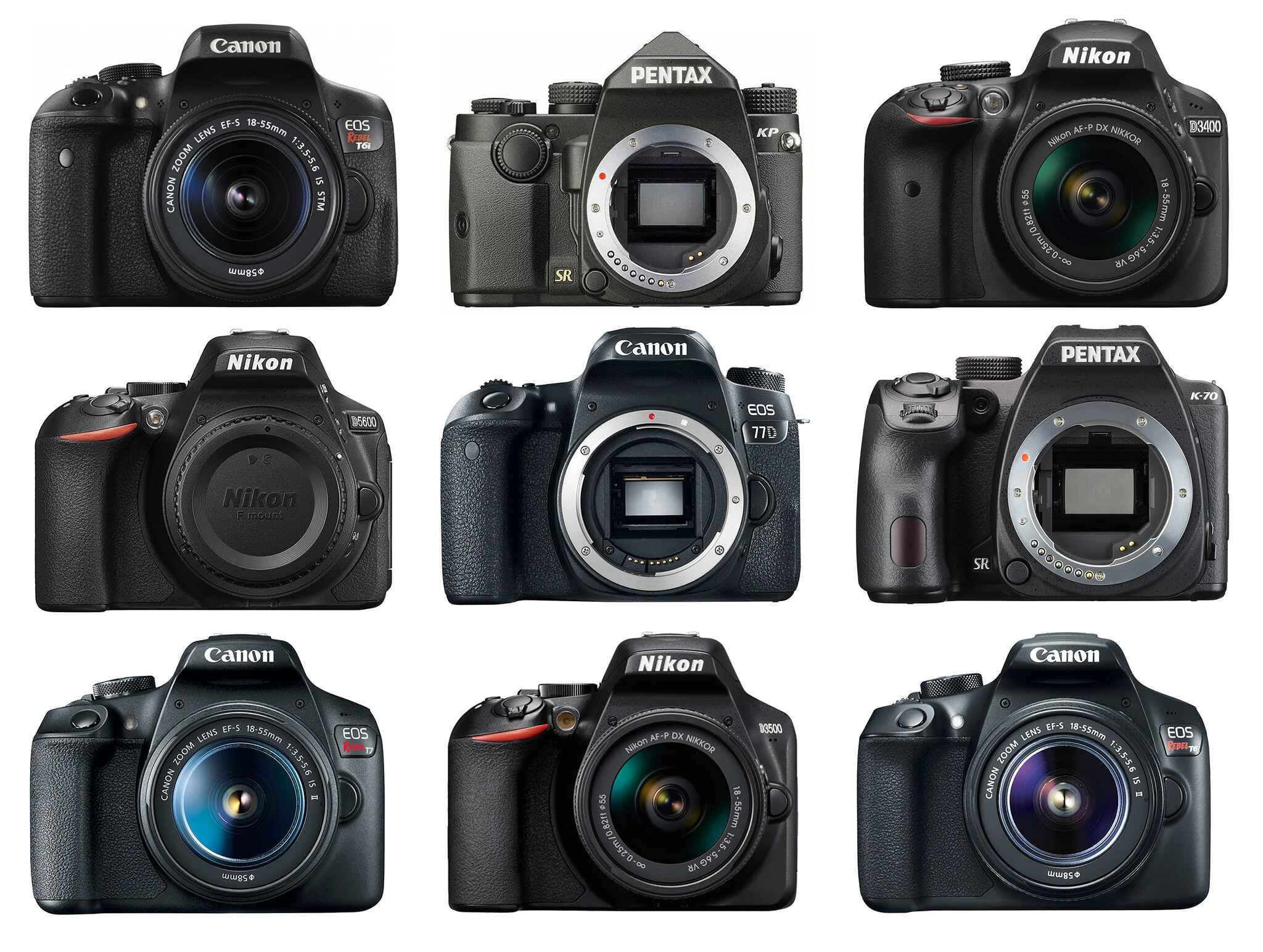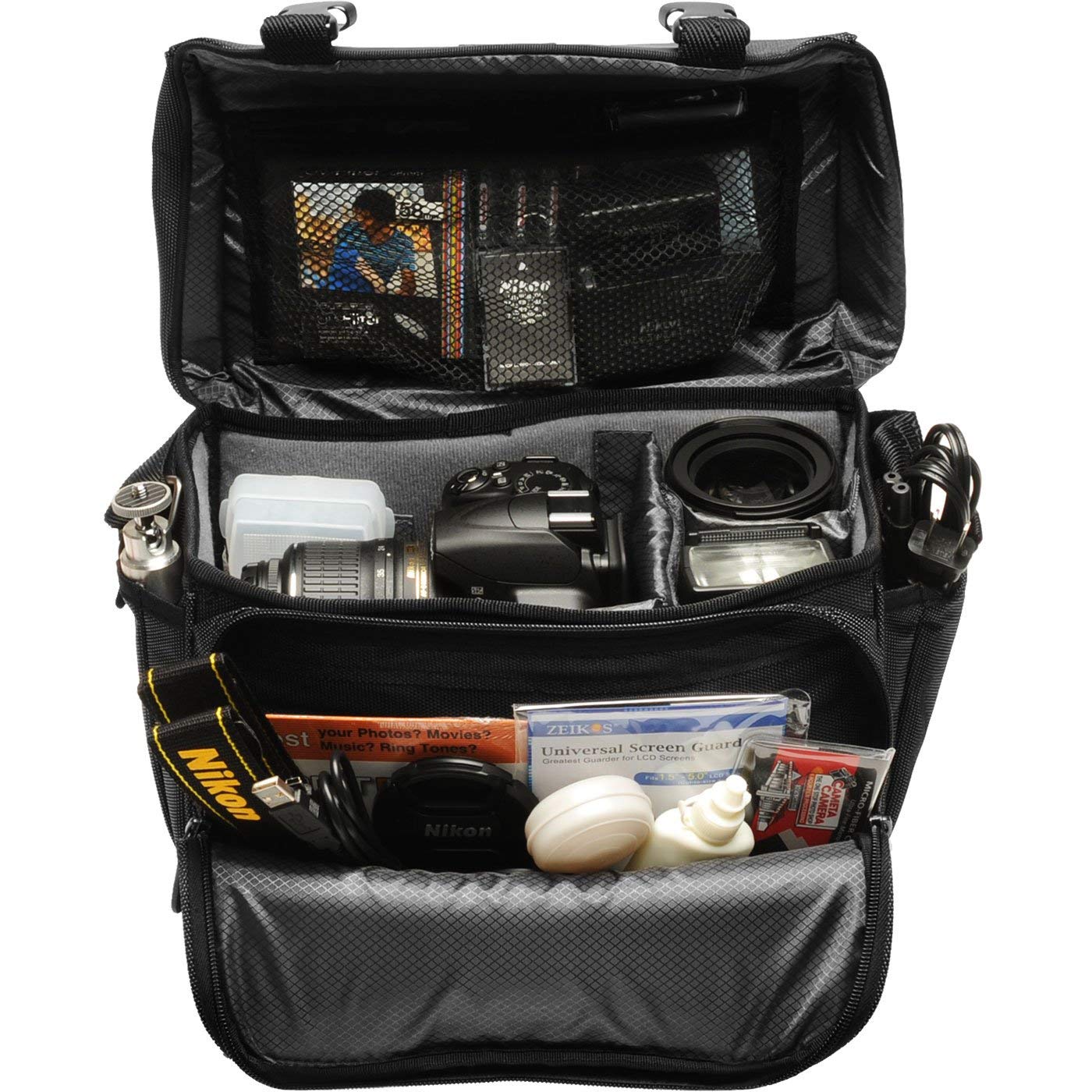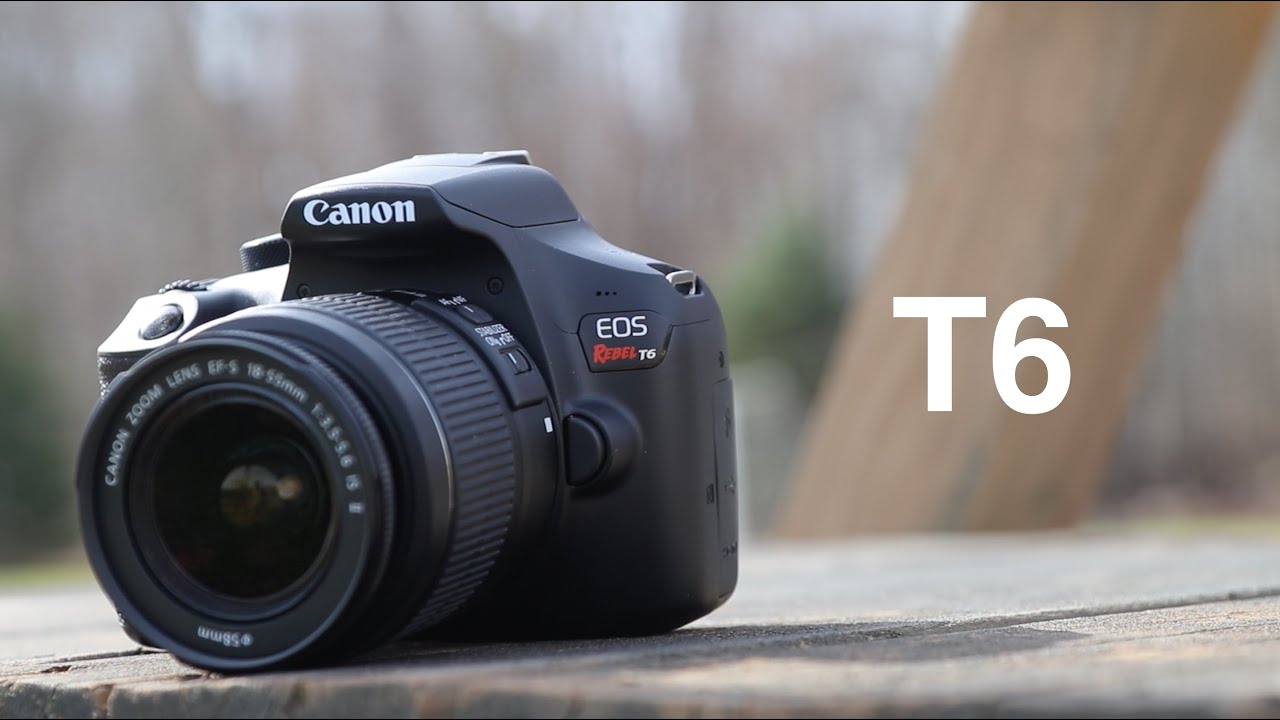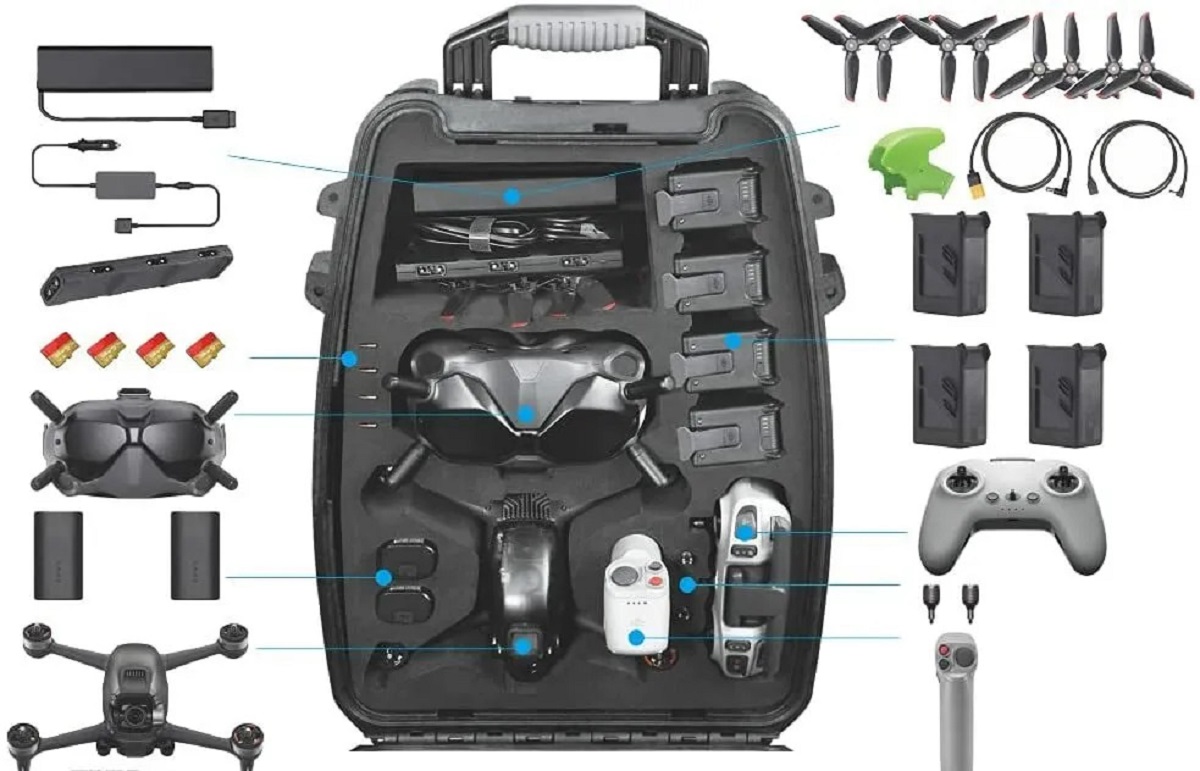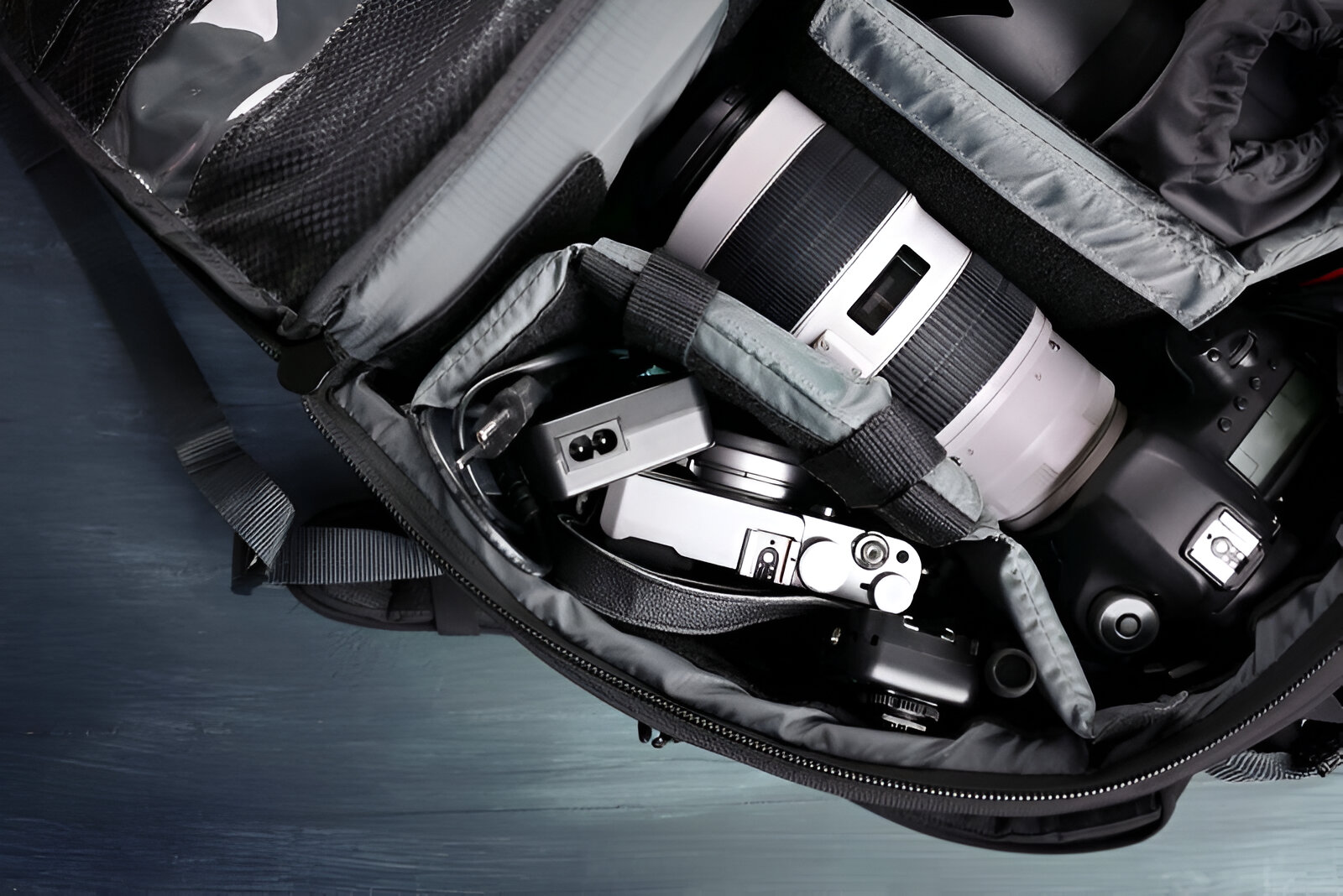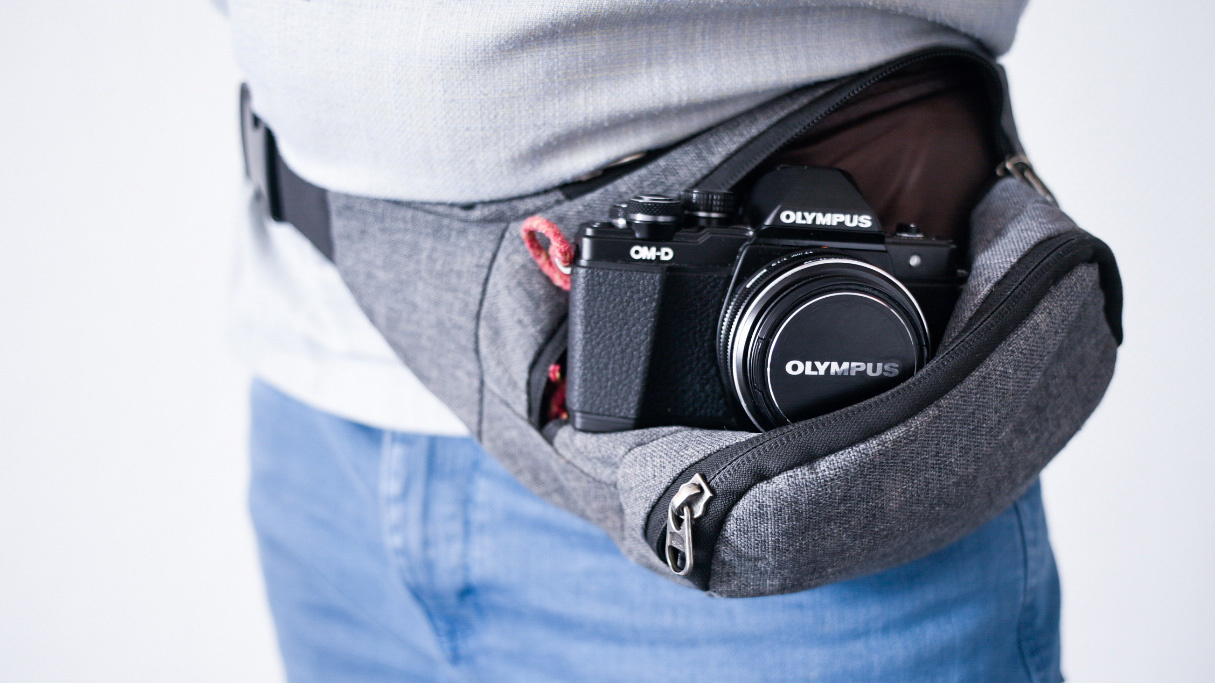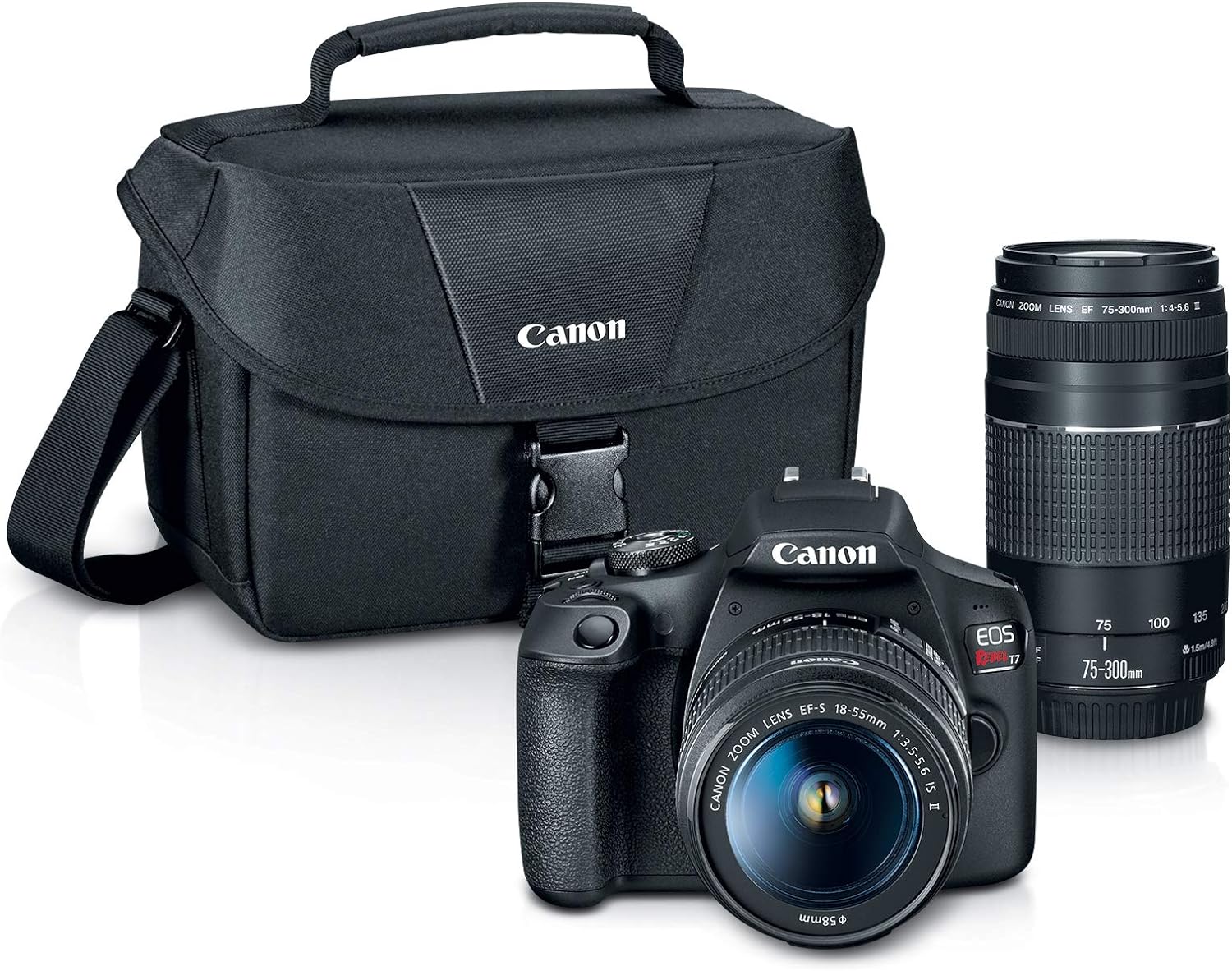Choosing the Right DSLR Camera Bag
Choosing the Right DSLR Camera Bag
When it comes to selecting the perfect DSLR camera bag, it’s vital to consider your specific needs and shooting style. With a plethora of options available, ranging from backpacks to shoulder bags, it’s essential to weigh the following factors to ensure you make the ideal choice:
Size and Capacity
First and foremost, assess the size and capacity of the camera bag. Consider the number of camera bodies, lenses, and accessories you typically use for a shoot. Opt for a bag that not only accommodates your current gear but also allows room for future additions.
Comfort and Accessibility
Comfort is paramount, especially if you’re frequently on the move. Look for a bag with padded straps and back support to ease the burden of carrying heavy equipment. Additionally, ensure that the bag provides easy access to your gear, allowing you to swiftly retrieve your camera and accessories without hassle.
Durability and Protection
Your camera bag should offer robust protection against the elements and accidental impacts. Seek out a bag constructed from durable, weather-resistant materials with ample padding to shield your gear from moisture, dust, and minor knocks. This is crucial for safeguarding your valuable equipment during outdoor shoots or while traveling.
Style and Discretion
Consider the aesthetic and discretion of the camera bag. If you prefer to maintain a low profile, opt for a bag that doesn’t scream “camera gear” to deter potential theft. Conversely, if you want a more stylish and visually appealing option, there are plenty of fashionable camera bags available that offer both functionality and flair.
Customization and Flexibility
Look for a camera bag that provides customizable interior compartments and dividers. This feature allows you to tailor the layout to suit your specific gear, ensuring a snug and secure fit for each item. Additionally, consider a bag with versatile carrying options, such as the ability to convert from a backpack to a sling or messenger bag.
By carefully evaluating these factors, you can pinpoint the ideal DSLR camera bag that seamlessly integrates with your photographic workflow, providing both convenience and protection for your valuable equipment.
Organizing Your Gear Efficiently
Organizing Your Gear Efficiently
Once you’ve selected the perfect DSLR camera bag, the next crucial step is to organize your gear efficiently within the bag. This not only ensures that you can fit everything you need but also allows for quick and easy access to your equipment when the perfect shot presents itself. Here are some tips for maximizing the space and efficiency of your camera bag:
Utilize Padded Dividers and Inserts
Most quality camera bags come with padded dividers and inserts that can be customized to fit your specific gear. Take advantage of these to create snug compartments for your camera bodies, lenses, and accessories. This not only protects your equipment from knocking into each other but also maximizes the use of space within the bag.
Strategically Arrange Your Gear
Consider the frequency of use for each piece of equipment and arrange them accordingly. Place frequently used items in easily accessible areas of the bag to avoid rummaging through the entire contents to find what you need. Additionally, position heavier items closer to your back for better weight distribution, especially in backpack-style camera bags.
Consolidate Cables and Small Accessories
Cables, memory cards, lens filters, and other small accessories can easily clutter your bag if left unorganized. Utilize small pouches, cable organizers, or dedicated pockets within the bag to keep these items neatly consolidated and readily accessible when needed.
Maximize Exterior Pockets and Compartments
Many camera bags feature exterior pockets and compartments designed for quick access to frequently used items such as lens caps, lens cloths, or even a small water bottle. Take advantage of these spaces to free up room inside the main compartment and to keep essential accessories within arm’s reach.
Consider Modular Attachment Systems
If your camera bag supports modular attachment systems, such as MOLLE or similar systems, explore the option of adding pouches or holders to the exterior of the bag. This can be particularly useful for carrying additional accessories or personal items without overcrowding the main compartment.
Efficient organization of your gear within your DSLR camera bag not only optimizes space but also contributes to a seamless shooting experience, allowing you to focus on capturing the perfect moments without the distraction of disorganized equipment.
Maximizing Space in Your Camera Bag
Maximizing Space in Your Camera Bag
Efficiently utilizing the available space in your camera bag is essential, especially when aiming to fit all your gear without compromising on accessibility and protection. With a strategic approach, you can make the most of every inch within your bag, ensuring that no essential equipment is left behind. Here are some effective strategies for maximizing space in your DSLR camera bag:
Compact Multi-Purpose Gear
Opt for compact and multi-purpose gear whenever possible. For example, consider using zoom lenses that cover a range of focal lengths instead of carrying multiple prime lenses. Similarly, versatile accessories like a multi-tool or a lens pen can fulfill several functions, reducing the overall number of items you need to pack.
Stacking and Nesting Equipment
When arranging your gear, explore the option of stacking or nesting items within the bag. For instance, nesting a smaller lens inside a padded camera wrap can save space while providing added protection. Additionally, stacking items such as lens hoods or filters can help optimize the use of vertical space within the bag.
Utilize Empty Spaces and Gaps
Identify and make use of any empty spaces or gaps within the bag. Tuck small accessories or cables into crevices, utilize the gaps between larger items, and make efficient use of every available pocket and compartment. This approach ensures that no space is wasted and that all items have a designated place within the bag.
Consider Collapsible or Foldable Accessories
Where feasible, opt for collapsible or foldable accessories. Items such as collapsible reflectors, portable light modifiers, or foldable tripods can significantly reduce the space they occupy in your camera bag, allowing for more efficient packing without sacrificing functionality.
Utilize External Attachment Points
Many camera bags feature external attachment points, such as straps or loops, designed to secure items externally. Take advantage of these attachment points to carry items such as a compact tripod, a jacket, or a small umbrella externally, freeing up valuable space inside the main compartment.
By employing these space-maximizing strategies, you can ensure that your DSLR camera bag accommodates all your essential gear without feeling overcrowded or disorganized. This thoughtful approach not only optimizes space but also contributes to a more streamlined and enjoyable photography experience.
Protecting Your Equipment
Protecting Your Equipment
Ensuring the safety and longevity of your valuable camera equipment is paramount, and your choice of DSLR camera bag plays a crucial role in providing the necessary protection. Here are essential considerations and practices for safeguarding your gear:
Invest in Quality Padding and Cushioning
Look for a camera bag that offers ample padding and cushioning to protect your equipment from impacts and jolts. Padded compartments and dividers help prevent your gear from knocking into each other during movement, reducing the risk of damage. Additionally, consider bags with reinforced bottoms and sides for enhanced shock absorption.
Weather-Resistant Construction
Choose a camera bag crafted from weather-resistant materials to shield your gear from the elements. Whether it’s sudden rain showers, dusty environments, or accidental spills, a weather-resistant bag provides an added layer of protection, keeping your equipment dry and safe from moisture-related damage.
Secure Closure Systems
Opt for a camera bag with secure closure systems, such as high-quality zippers, buckles, or hook-and-loop fasteners. These features not only prevent unauthorized access to your gear but also ensure that the contents remain securely enclosed, especially during active or outdoor shoots.
Integrated Rain Cover
Some camera bags come with integrated rain covers that can be quickly deployed to shield the entire bag from inclement weather. This added safeguard is particularly beneficial when shooting in unpredictable outdoor environments, providing an extra barrier against moisture and precipitation.
Proper Lens and Body Protection
When organizing your gear within the bag, pay special attention to protecting your lenses and camera bodies. Utilize dedicated lens pouches or wraps to shield individual lenses, and consider using protective camera wraps or sleeves for your camera bodies to mitigate the risk of scratches or abrasions.
Regular Maintenance and Inspection
Perform regular maintenance and inspection of your camera bag to ensure that it remains in optimal condition. Check for any signs of wear, damage, or compromised protective elements, and address any issues promptly to maintain the bag’s ability to safeguard your equipment effectively.
By prioritizing the protection of your equipment and choosing a camera bag that offers robust protective features, you can instill confidence in the safety of your gear, allowing you to focus on your photography with peace of mind.
Additional Tips for Fitting Everything Into Your DSLR Camera Bag
Additional Tips for Fitting Everything Into Your DSLR Camera Bag
Successfully fitting all your essential gear into your DSLR camera bag requires a thoughtful and strategic approach. In addition to the considerations mentioned earlier, the following tips can further enhance your packing efficiency and equipment organization:
Utilize Space-Saving Accessories
Explore the availability of space-saving accessories designed specifically for photographers. For example, collapsible reflectors, compact light stands, and foldable diffusers can significantly reduce the space they occupy in your bag, allowing for more efficient packing without compromising on the quality of your lighting equipment.
Employ Cable Management Solutions
Cables, chargers, and adapters can easily become tangled and take up unnecessary space within your bag. Invest in cable management solutions such as cable organizers, pouches, or wraps to keep your cables neatly coiled and easily accessible when needed, minimizing clutter and maximizing space.
Consider Dual-Purpose Bags or Inserts
Explore the option of using dual-purpose bags or inserts that can serve multiple functions. For instance, a camera insert that doubles as a standalone camera bag allows you to adapt to different shooting scenarios without the need to transfer equipment between bags, providing versatility while optimizing space usage.
Streamline Redundant Accessories
Review your gear and identify any redundant or seldom-used accessories. Streamlining your equipment to include only the essentials not only reduces the overall volume of items to pack but also simplifies the organization within your bag, making it easier to locate and access crucial gear when needed.
Utilize External Carabiners or Attachment Points
Consider using external carabiners or attachment points to secure items such as water bottles, compact umbrellas, or even a lightweight jacket to the exterior of your bag. This approach frees up valuable internal space while ensuring that essential personal items remain easily accessible during your photography outings.
Practice Efficient Packing Techniques
Employ efficient packing techniques, such as rolling clothing items and utilizing packing cubes or pouches for personal belongings, to free up space within your camera bag for photography equipment. By optimizing the organization of non-photographic items, you can maximize the available space for your gear.
By incorporating these additional tips into your packing and organization process, you can further refine the efficiency of fitting everything into your DSLR camera bag, ensuring that you have all the necessary tools at your disposal while maintaining a streamlined and organized carrying solution.









